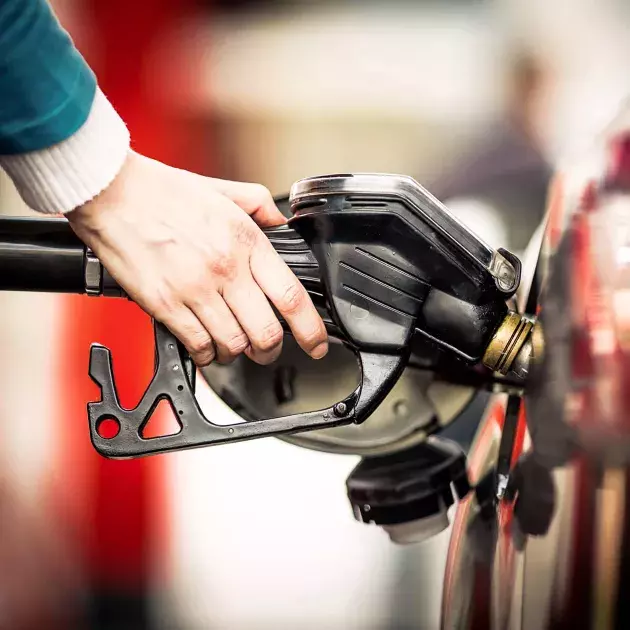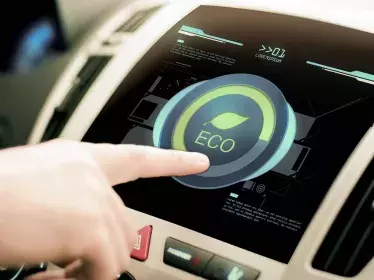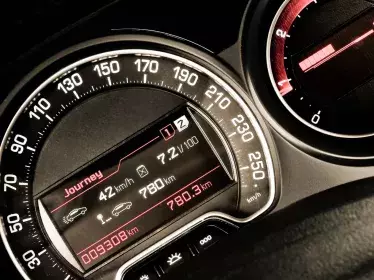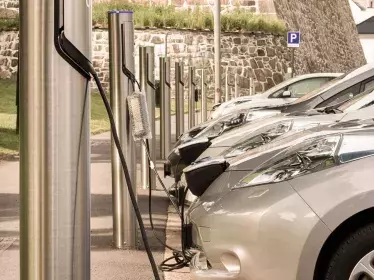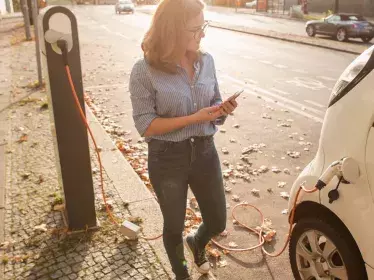Your car’s fuel consumption car will obviously depend on the engine, the weight of the vehicle and how aerodynamic it is. But there are other elements that have an impact, including on electric cars.
P - WYSIWYG - Alignment Left
The first factor to influence fuel consumption is your right foot. This isn’t just a question of what speed you’re travelling at – it’s also about how smoothly you drive. You should try to avoid any sudden changes in speed and try to take advantage of the potential and kinetic energy provided by your car. There are other elements that come into play, such as tyres and accessories.
P - WYSIWYG - Alignment Left
Image
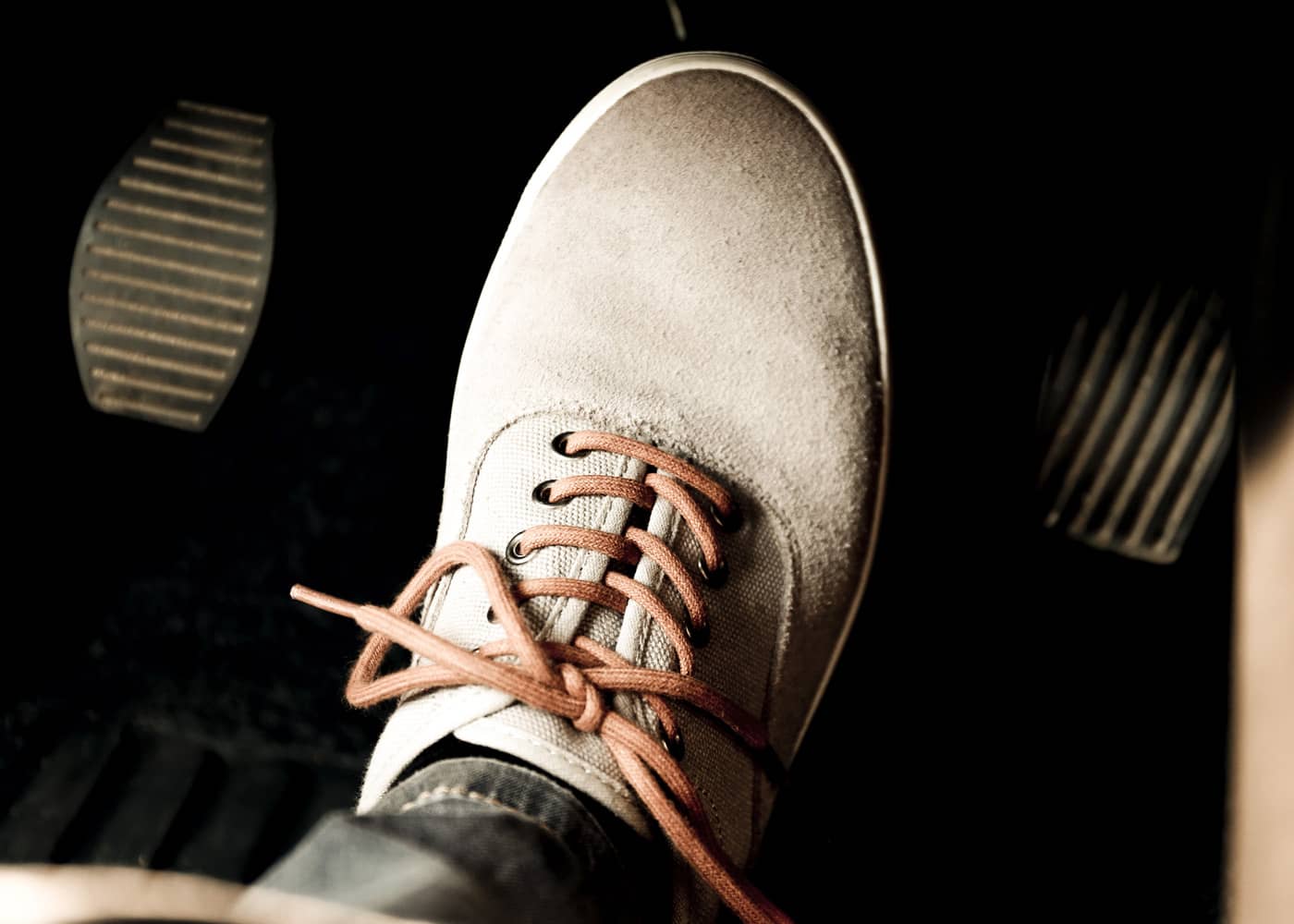
So, what should you actually do ?
- Adapt your speed to the traffic conditions and to the surrounding traffic, ensuring that you keep your distance so that you can better anticipate situations.
- Anticipate by reducing your speed when approaching an obstacle (where traffic is slowing down, red lights, junctions where you don’t have priority) by easing off the accelerator and then finishing with slight braking or acceleration, rather than braking suddenly at the last moment.
- With a manual gearbox or when driving an automatic car with a sequential gearbox, change gears so that you stay in the lower engine speed range with enough torque, which is usually somewhere between 1,800 rpm and 2,500 rpm.
- Ease off the throttle at the end of a climb so that you can benefit from the momentum you’ve built up before going down the other side.
- When driving on main roads, accelerate quickly to reach your desired speed and then maintain this speed (rather than accelerating slowly for a long period of time).
- Learn how to use the start-stop system to automatically turn off and restart the engine when you have to stop.
- If you have a plug-in hybrid, recharge it as often as possible, so that you can get the most out of your car in electric mode.
- If you have to wait at a level crossing, switch off your engine if you are at the front of the queue, in front of the barrier.
- Generally speaking, you should switch off your engine if you have to stop or pause for at least one minute.
- Use cruise control on motorways, except if there is heavy traffic.
- Do not overheat or overcool the interior of your vehicle (use air conditioning in eco mode).
- Remember to leave your car in the shade in the summer and in an indoor space during the winter.
- Avoid driving with underinflated tyres and check that the tyre pressure corresponds to the manufacturer’s recommended values.
- Take off your winter tyres before May, and in any case, as soon as temperatures regularly exceed 7°C.
- Outside of built-up areas, drive with the windows (and the sunroof) closed.
- Remove or repair anything that may interfere with the aerodynamics (roof box, damaged bumper, wheel rims).
- Do not carry unnecessary heavy items in the boot.
- Make sure that you maintain your car properly: having a very dirty car or a poorly lubricated engine will increase fuel consumption.
- Choose a model with sufficient power if you often drive on motorways or on mountain roads.
- Choose a model with enough torque if you plan to do a lot of towing.
P - WYSIWYG - Alignment Left


